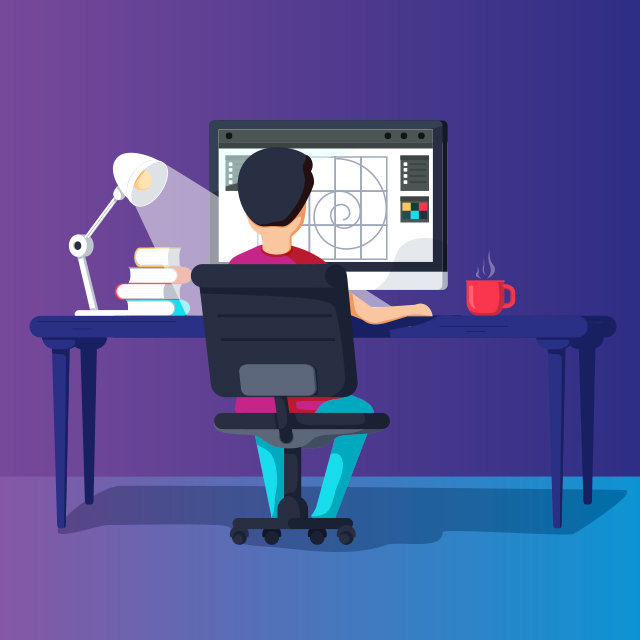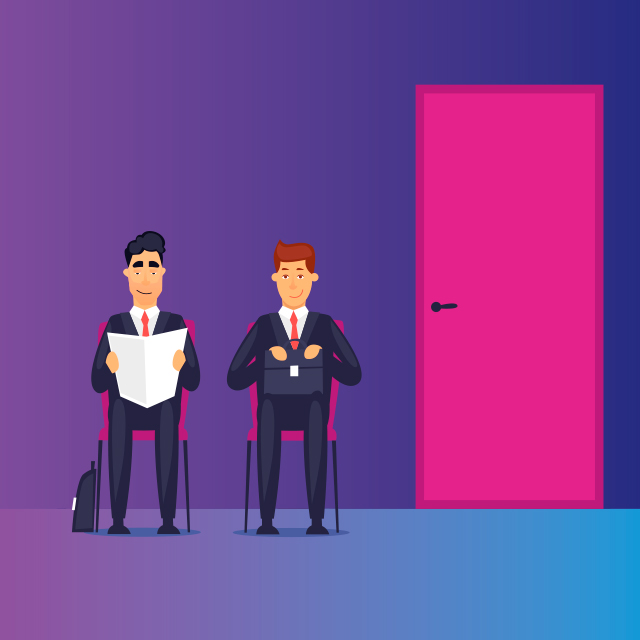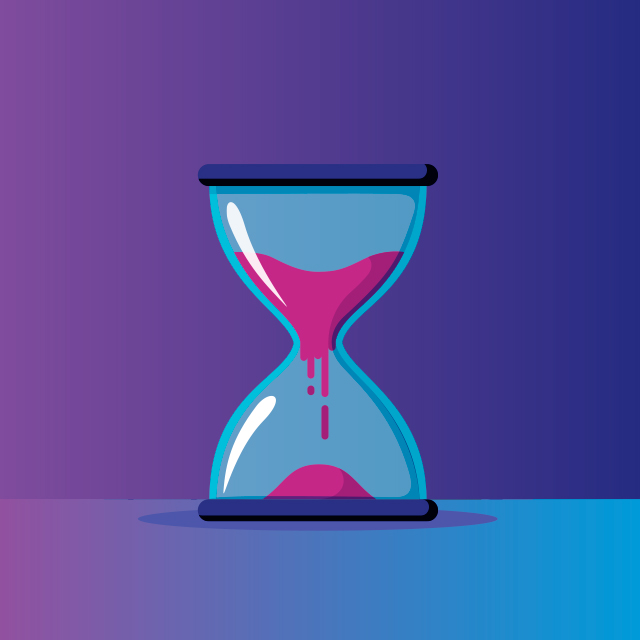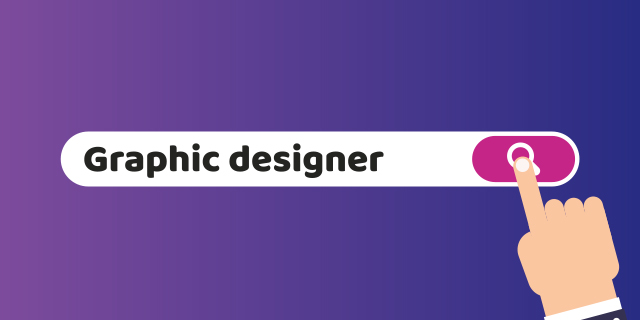When you graduate university, the most common route into the graphic design industry is through a junior designer position, but becoming a junior designer is a whole other story. The design industry is extremely competitive and landing your dream job feels like a long list of ‘no’s’ and the dreaded ‘unfortunately at this time…’ emails. Although, there are a lot of opportunities out there and the demand for young creatives is high, when everyone is going for the same position and only one of those people are going to be hired, it can become a daunting task to get your foot in the door. Some people are lucky enough to obtain a job straight after graduating and others, like myself, it can take almost two years to get there. The harsh reality is that taking up freelance work or internships (paid or unpaid) is normally the best route towards a full-time position. Taking on internships will help you gain valuable understanding of what is to come within the industry and if there is anything you need to learn and improve on – even if it is just making the perfect cup of tea.

Getting the Job
Applying for a job in graphic design for the first time can sometimes be very intimidating. Usually, employers will advertise a position and ask that you have at least 3 years’ experience, within the design industry. In this environment, being a recent graduate and not having any experience at all, can be discouraging, to say the least. For example, the greatest designer in the world could apply for the same position as you, but if that person doesn’t get on well with the team, they’re not going to be hired. Employers are actually looking for great people, not just their skill set. Graduate designers often showcase their technical talents foremost. However, designers who are determined, enthusiastic and passionate about wanting to learn have an advantage over some people. Having said that, showcasing both is very important too– best of both worlds, right?
Preparing for a design interview can be nerve-wracking and exciting all at the same time (especially if you have an MD of a company with three other designers in the room with you). You have your portfolio, your resumé and you’re told to just be yourself and you’ll be fine. It’s that simple, right? Well, it actually is. Every interview I have ever been to before getting my junior designer position, I have always overthought the interview process. I would prepare myself for questions I wouldn’t even know was going to be asked, to the point that I would sound robotic in my approach when meeting the employer. In hindsight, your skills can be taught but your attitude and the way you carry yourself is everything! At the same time, you should probably be prepared for criticism of your work. You might think it’s amazing – but when a team of professionals are in the room there will be some comments. Do not feel disheartened, these rational comments on your work are something you will appreciate.
Projects
I remember at university, we sometimes had weeks or even months to complete a project and it felt like we had all the time in the world to get the project done until your deadline was Friday at 9 am and it’s currently 8:59 am and you still haven’t completed your work. Well, those short deadlines are exactly the reality of working within the design industry. Don’t get me wrong, yes, some projects take longer than others but the majority of projects have a very quick turn out. Remember when you spent a week on that logo design? Forget that. That logo design needs to be designed and sent to the client by the end of the day. That brochure, letterhead, business card and compliment slip? You have two days max!
When you think you have finished a project, before you know it you are making a revision, after tweak, after edit and spending hours working with your team alongside the client to get the artwork perfect. Sometimes this can be challenging as a designer because you feel like the job is endless. But once the client has signed off the final concept, and you have the ‘‘newfinalestfinalforsure.psd’ saved, it feels amazing, right?
Asking Questions
When you start a new career in graphic design, you may feel like you are expected to know everything about what to do and every shortcut in Photoshop and Illustrator. After all, that’s what I thought. That said, don’t be afraid to ask questions. You might feel like you’re being a pest, but you’re not. No matter how silly they are, your team are there to help you. Having said that, If you ask someone for feedback, don’t act hurt or surprised if not all of it is positive. Feedback should be constructive, to point out what can be changed, improved or removed. It’s not at all personal, it’s to help you build on your skills and grow and improve as a designer.
Conclusion
From experience, you might feel like you have tried all that you can to land your first job in the design industry. You might have thought about going back to university? This will for sure get you ahead of the competition, Right? Wrong. Working in design isn’t like working in teaching or being a doctor. The more knowledge you have isn’t what makes you a great designer. Having more experience is what will set you apart.
Nonetheless, my advice would be, keeping your eyes on the prize by constantly making an effort to search, call and email, to ensure you land that dream job. At the same time, Don’t take the rejection and setbacks personally and give up. Perseverance is key! That job that rejected you today could land you your perfect job tomorrow!





